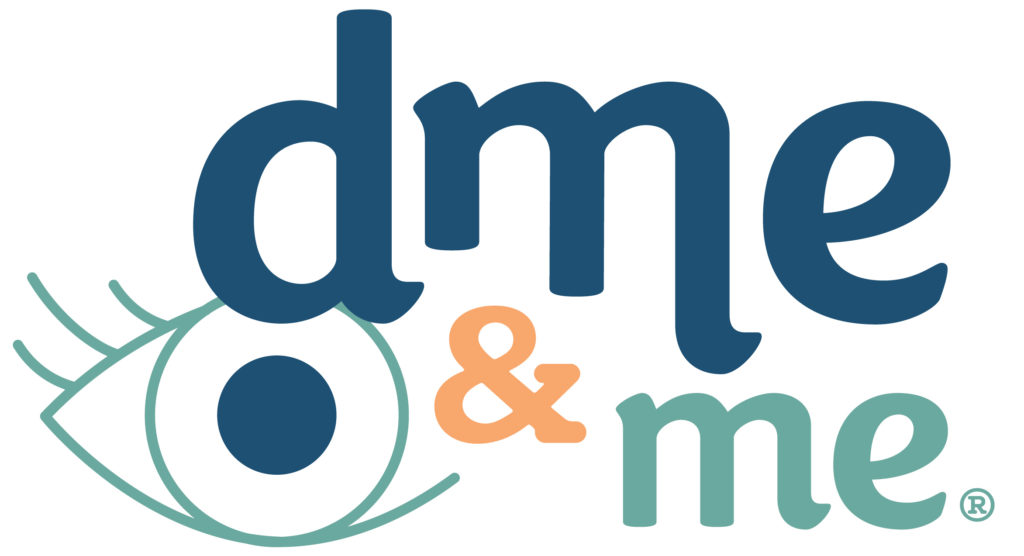Diabetic retinopathy is a complication of diabetes that can lead to vision loss. DME is a complication of diabetic retinopathy. Very simply, if you have DME, you also have diabetic retinopathy.
Yes. Uncontrolled blood sugar is the primary risk factor for diabetic retinopathy and DME.
While DME is only a complication of diabetes, people without diabetes can get other types of macular edema if they have age-related macular degeneration, complications from eye surgery, blocked retinal blood vessels, or inflammation from conditions like uveitis.
While diabetic retinopathy often advances slowly, DME can progress quickly. That’s why prompt diagnosis and treatment are essential.
Yes, if left untreated. Diabetic eye diseases, including DME, are the leading cause of irreversible blindness in working-age Americans*. The good news is that it can be treated and your vision preserved, especially when diagnosed early.
It depends on the overall quality of your vision. Your doctor is your best resource to make this determination but it may be a better (and safer) idea to figure out other means of transportation when needed.
Changes to vision may make determining differences in freshness and label reading more difficult. You can learn to judge ripeness by feel and aroma, not just color. Firm skin that slightly yields to pressure is usually what you’ll want. Cellphone cameras can be used to magnify labels in the store or instead of reading labels, try looking up foods you want to buy on the USDA website before your shopping trip. You’ll be able to magnify the type to get nutritional information at a size you can read.
The information contained here on dmeandme.com is provided for general educational purposes. If you have any questions, talk to your eye doctor. For U.S. residents only.

By going to the US site, you are agreeing to our Terms and Conditions.